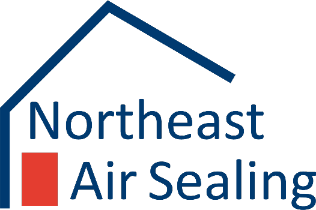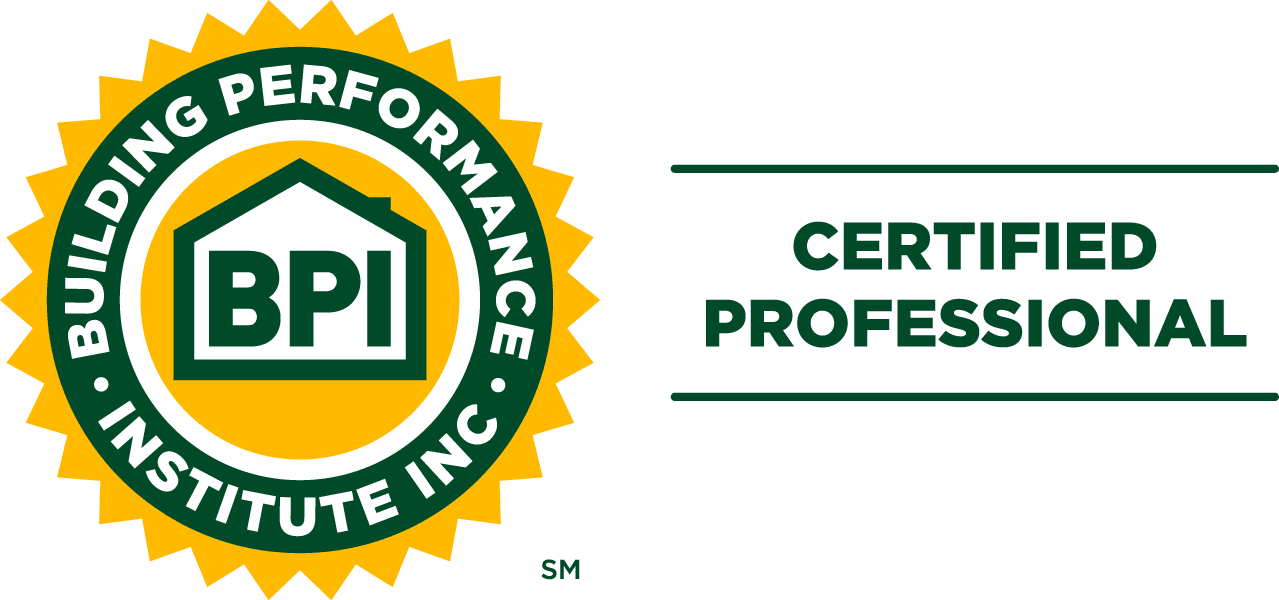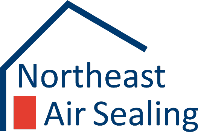Imagine stepping into your home and being greeted not by the stale, stifling air of the indoors, but by a refreshing wave of clean air. Imagine getting rid of your worry about mold growth, asbestos, or lead paint exposure. With Northeast Air Sealing on your team, we work with you to design indoor air quality solutions that will improve the health of your home all year long.
Why Indoor Air Quality Matters More Than You Think
We spend 90% of our lives indoors, making the air we breathe inside our homes a guardian of our health. Unfortunately, many homes and homeowners suffer from poor indoor air quality without realizing it. Unhealthy air can cause a cascade of problems, from allergies and respiratory issues to fatigue, headaches, and even chronic illness.
IAQ Threats in New England Home
While homes in New Hampshire, Massachusetts, and Maine all suffer from common indoor air pollutants like chemicals and volatile organic compounds, they are also particularly susceptible to the following:
Mold and Mildew
Molds are fungi that exist in both natural and built environments. They decompose dead materials and are found in soil, food, and various surfaces. Mold reproduces through tiny spores that spread easily through the air, growing new colonies in suitable conditions.
Mold needs moisture, nutrients, and a suitable place to grow. Controlling excess moisture is essential to prevent and stop mold growth indoors.
Health Risks of Indoor Mold
- Exposure to mold occurs through inhalation of spores, skin contact, or ingestion.
- Health effects are unpredictable and vary greatly.
- Common symptoms include nasal congestion, coughing, breathing difficulties, sore throat, skin and eye irritation, and upper respiratory infections.
- Risks are higher for infants, the elderly, and individuals with respiratory issues, allergies, asthma, and weakened immune systems.
Mold Varieties and Hazards
- Some molds produce mycotoxins, but not always.
- All indoor mold growth is potentially harmful and should be removed, regardless of the type or toxin production capability.
Mold Removal Process
- Identify and correct moisture sources.
- Dry all wet materials using fans and dehumidifiers.
- Dispose of mold-contaminated porous materials.
- Use protective equipment like gloves, goggles, and dust masks.
- Minimize dust and mold spore spread during removal.
- Clean surfaces with non-ammonia soap/detergent; disinfect if necessary.
- Stay alert for mold regrowth.
Asbestos
Asbestos refers to silicate mineral fibers, resistant to heat, electricity, and corrosion, used in various products for their durability and fire resistance. It comes in different forms, notably Chrysotile (white asbestos), Amosite (brown asbestos), and Crocidolite (blue asbestos), sourced from regions like Canada and Southern Africa. Asbestos is mainly hazardous when airborne. Not all asbestos-containing products pose a health risk if undisturbed and in good condition. Asbestos is commonly found in thermal insulation materials in older buildings.
Dangers of Asbestos
Asbestos fibers are microscopic and can be inhaled or ingested without detection. Once in the body, they can cause inflammation, scarring, and genetic damage. Health issues include asbestosis, pleuritis, COPD, lung cancer, and mesothelioma. There is no safe exposure level to asbestos fibers.
Identifying and Managing Asbestos
For certainty, an industrial hygienist’s assessment is needed. If asbestos is found and needs to be disturbed, contact a licensed asbestos abatement contractor. As a rule, avoid dusting, sweeping, or vacuuming areas where asbestos fibers may be present.
Lead-Based Paint
Lead-based paints were commonly used in homes before 1978 due to their durability and moisture resistance. When these paints deteriorate—by peeling, chipping, or cracking—they release lead dust, posing significant health risks.
Lead exposure occurs through inhalation or ingestion of lead dust or chips. It’s particularly dangerous when lead-based paint is sanded or disturbed. Risks include:
- In children: Brain and nervous system damage, learning and behavior issues, slowed growth, hearing problems, headaches.
- In adults: Reproductive issues, high blood pressure, digestive and nerve disorders, memory and concentration issues, muscle/joint pain.
Safety Measures in Homes
- Assume homes built before 1978 contain lead-based paint.
- Regularly clean flat surfaces and floors with damp materials to control dust.
- Remove shoes upon entering the home to avoid tracking in lead dust.
- Use vacuums with HEPA filters to clean carpets and upholstery.
- Safely dispose of loose paint chips and clean surfaces with wet paper towels.
- Take precautions during home remodeling to prevent lead dust creation.
- Consider professional lead testing, including soil around the home, especially before renovations.
Our Approach to Indoor Air Quality:
At Northeast Air Sealing, we are not going to simply treat symptoms; we tackle the root cause. We can help you identify and remedy problems with indoor air quality in your home, and install the home upgrades and weatherization services that will keep your air clean moving forward. Home upgrades that keep outside contaminants from getting in and clean the air recycling your living space include:
- Insulation
- Air Sealing
- Basement and Crawl Space Encapsulation
- Ventilation and Filtration
- Window and Door Replacement



